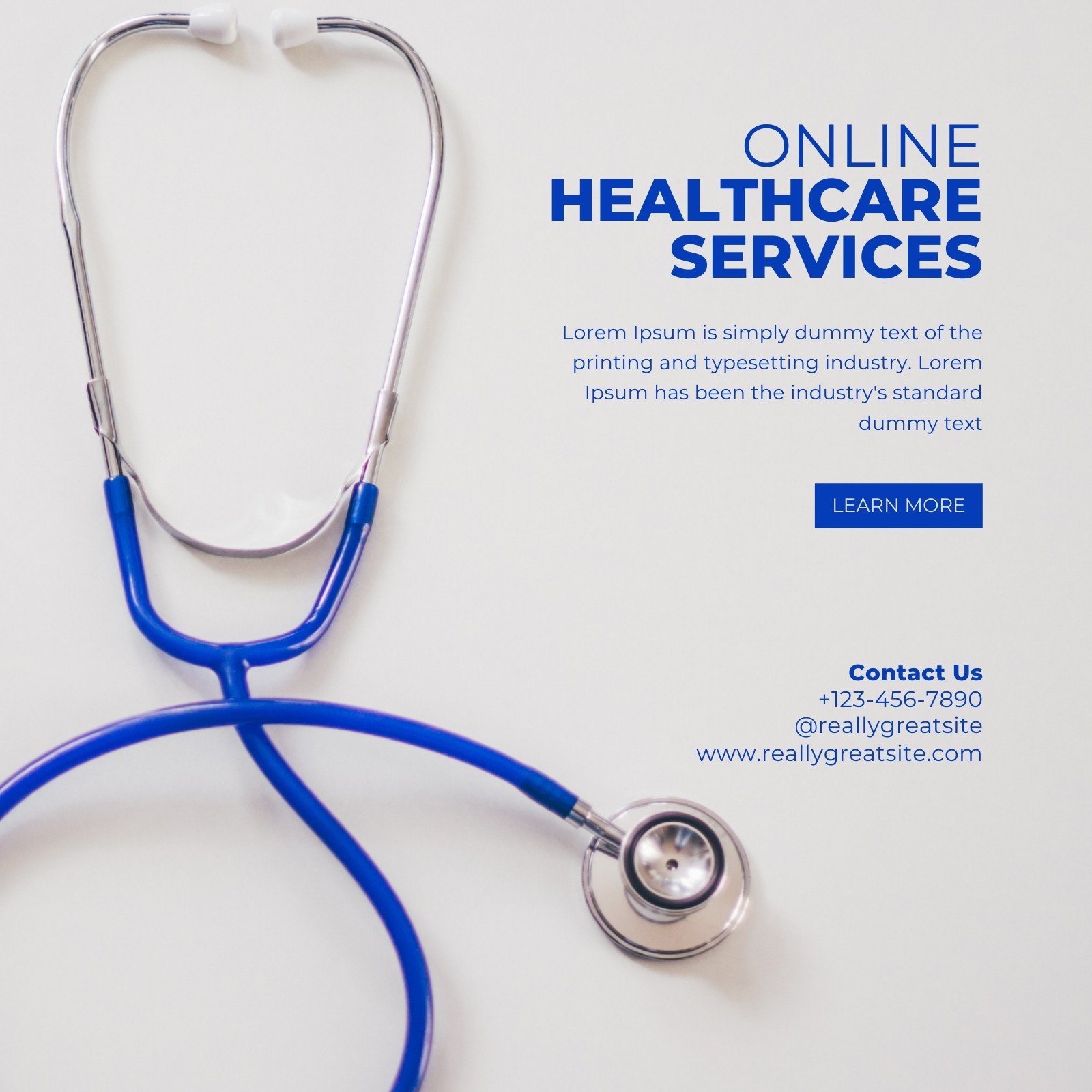Recognizing the Cost-Effectiveness of Subscription-Based Healthcare Designs
As the medical care landscape evolves, subscription-based designs become a compelling alternative, guaranteeing to redefine just how individuals handle clinical expenditures. Evaluating these designs' cost-effectiveness requires a nuanced contrast with traditional insurance coverage, thinking about both economic implications and client fulfillment. While they supply openness and predictability in costs, questions stay regarding their capacity to fulfill varied medical care needs, especially for specialized treatments. The perspectives of health care suppliers better complicate this formula, offering a complex obstacle. What does the future hold for these versions, and can they absolutely deliver on their promise of accessible, budget-friendly treatment?
Review of Subscription-Based Versions
Subscription-based health care models, sometimes described as straight primary treatment or attendant medicine, are increasingly obtaining interest as a potential solution to inadequacies within standard health care systems. These versions run on the principle of offering patients straight access to healthcare carriers with a annual or monthly charge, bypassing the need for typical insurance coverage mechanisms. This plan aims to enhance patient-provider interactions by lowering administrative worries, which typically hinder prompt and personalized care.
At the core of subscription-based versions is the emphasis on a more tailored client experience. People gain from boosted access to their doctors, often including next-day or same-day appointments, prolonged appointment times, and direct interaction networks such as phone or video phone calls. This version fosters a positive technique to healthcare, where clients and carriers can collaboratively concentrate on preventative treatment and chronic disease administration.

Expense Contrast With Typical Insurance Policy

One of the key monetary advantages of subscription versions is transparency in costs. Alternatively, standard insurance coverage may be extra helpful for individuals calling for specialized care or expensive therapies not covered under a membership version, as they profit from the broader insurance coverage network and cost-sharing systems.
Nevertheless, cost-effectiveness is context-dependent. While registration designs could provide financial savings for those mainly requiring primary care, people with chronic conditions or specialized medical care needs may locate conventional insurance policy more detailed. Therefore, assessing certain healthcare requirements and prospective use is essential in figuring out one of the most cost-effective choice for people.
Influence On Client Fulfillment
Client complete satisfaction within subscription-based healthcare versions commonly shows a significant improvement over typical insurance policy systems. Unlike standard systems, where clients might experience hold-ups in getting care, subscription-based versions make sure more straight and timely interactions with medical care companies.
Furthermore, the openness in costs related to subscription-based health care minimizes the typical aggravations connected to unanticipated costs and intricate billing procedures seen in conventional insurance coverage (subscription based healthcare). Individuals value knowing the exact monetary commitment upfront, resulting in enhanced trust and self-confidence in their medical care management
In addition, the focus on preventative treatment and wellness in membership designs adds to boosted health end results, even more improving patient fulfillment. By concentrating on ongoing health upkeep instead of anecdotal treatment, individuals experience a more constant and holistic medical care journey.
Additionally, the boosted provider-patient partnership promoted in these models, identified by more time invested per person and customized interest, plays an essential duty in raising patient fulfillment levels, as clients feel really taken care of and understood.
copyright Point Of Views and Experiences
From the service provider's perspective, subscription-based healthcare models use a transformative strategy helpful resources to delivering medical services. These designs stress a aggressive and preventative medical care strategy, allowing suppliers to concentrate on extensive individual care without the restraints of typical fee-for-service setups (subscription based healthcare). This shift in emphasis frequently leads to enhanced patient end results and enhanced supplier contentment, as healthcare professionals can allocate more time and resources to client engagement and personalized care plans
Additionally, registration versions help with foreseeable revenue streams, you could try this out which improve economic stability for healthcare companies. This predictability permits improved resource planning and allowance, adding to a more effective health care shipment system. Service providers can buy staff modern technology, infrastructure, and training enhancements, therefore improving the high quality of care used.
Nevertheless, the transition to subscription-based designs is not without challenges. Providers need to adapt to new functional structures, which can entail significant changes in invoicing methods and person administration systems. In addition, there is an integral requirement for durable information management to track individual end results and make certain high quality treatment. In spite of these obstacles, numerous suppliers locate that the advantages of raised patient interaction and structured procedures surpass the first challenges, making subscription-based models an appealing option.
Future Prospects and Obstacles

A key obstacle is regulatory conformity, as registration designs should comply with evolving medical care policies and insurance policy needs. This necessitates continual adaptation and innovation to guarantee positioning with legal standards. Additionally, integrating these versions into existing medical care infrastructures can be intricate, needing significant financial investments in innovation and training.
There is also the prospective danger of this creating inequities in health care gain access to, as subscription versions may favor those that can afford them, leaving at risk populaces underserved. Addressing this calls for thoughtful consideration of prices strategies and subsidy devices to guarantee inclusivity.
Verdict
Subscription-based medical care models offer a practical alternative to typical insurance policy by supplying economic predictability and transparency, especially profiting individuals with persistent conditions or regular healthcare requirements. The cost-effectiveness of these models is contingent upon specific health care usage patterns and scenarios. While they might improve person complete satisfaction and improve budgeting, difficulties stay in attending to specialized care demands. Future considerations include balancing comprehensive insurance coverage with price and integrating these models within the more comprehensive healthcare system for optimal results.
Subscription-based healthcare models, in some cases referred to as direct primary care or attendant medicine, are increasingly getting interest as a possible service to inadequacies within conventional medical care systems. Unlike traditional systems, where individuals might experience hold-ups in obtaining care, subscription-based designs guarantee more timely and straight communications with medical care carriers.
These versions emphasize a proactive and preventative healthcare method, permitting companies to concentrate on thorough individual care without the restrictions of standard fee-for-service setups. As these models proceed to acquire traction, they use the potential to reinvent person accessibility to care, enhance solution shipment, and optimize healthcare investing.Subscription-based health care designs provide a practical option to conventional insurance policy by offering monetary predictability and transparency, especially benefiting individuals with persistent conditions or frequent healthcare demands.
Comments on “Recognizing the Expense Savings of Subscription Based Healthcare for Families”